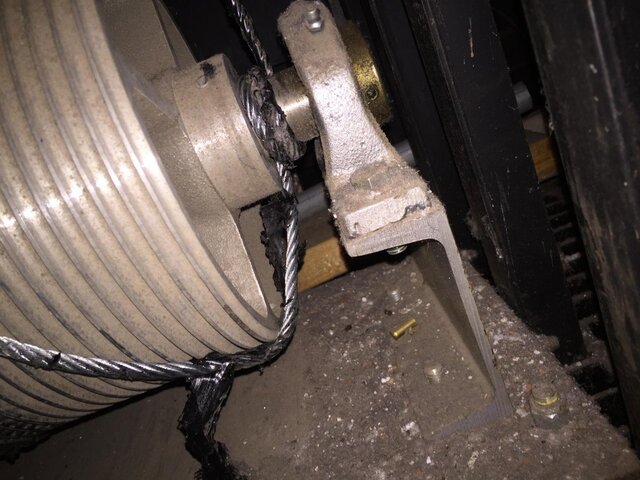@Aaron Clarke Would you like to order volumes one through ten, sign on for the complete series or how would you like to proceed? You keep raggin' me and I'll keep raggin' you. ;^)Total side bar: The forum needs repository titled "Story time with Ron" and all of Ron stories can be combined for us poor soles that have to live vicariously through others while sitting at there very boring non-theatre day job.
Perhaps @BillConnerFASTC would care to release a companion compendium?
Toodleoo!
Ron Hebbard.



